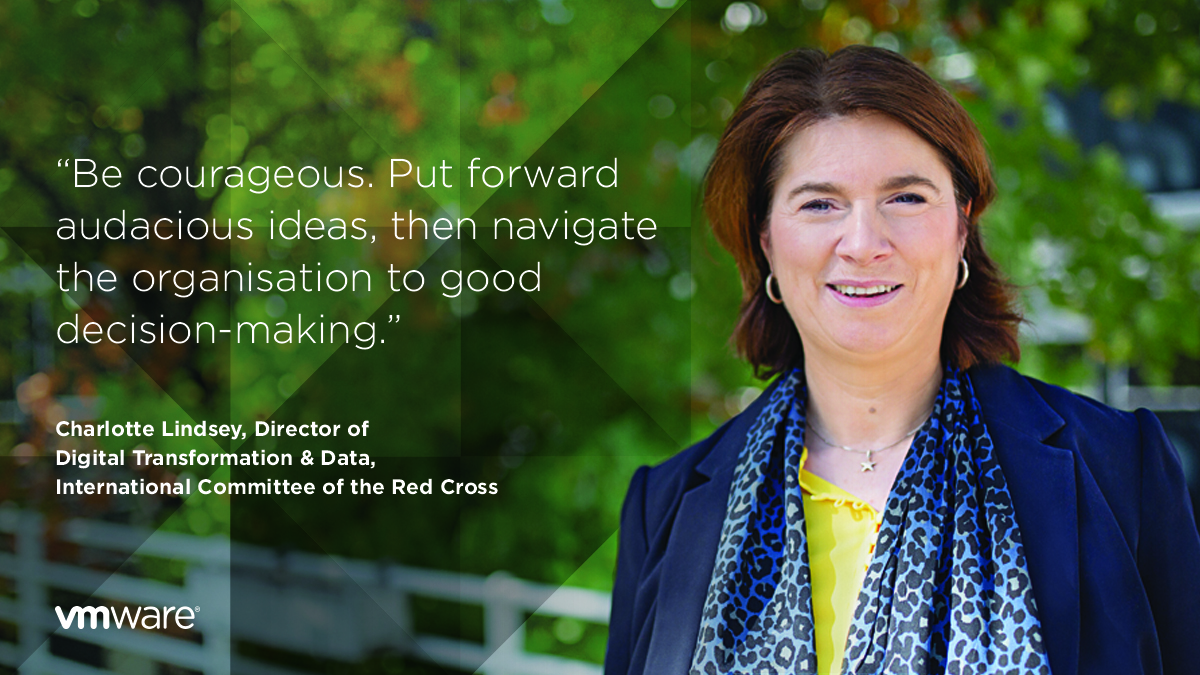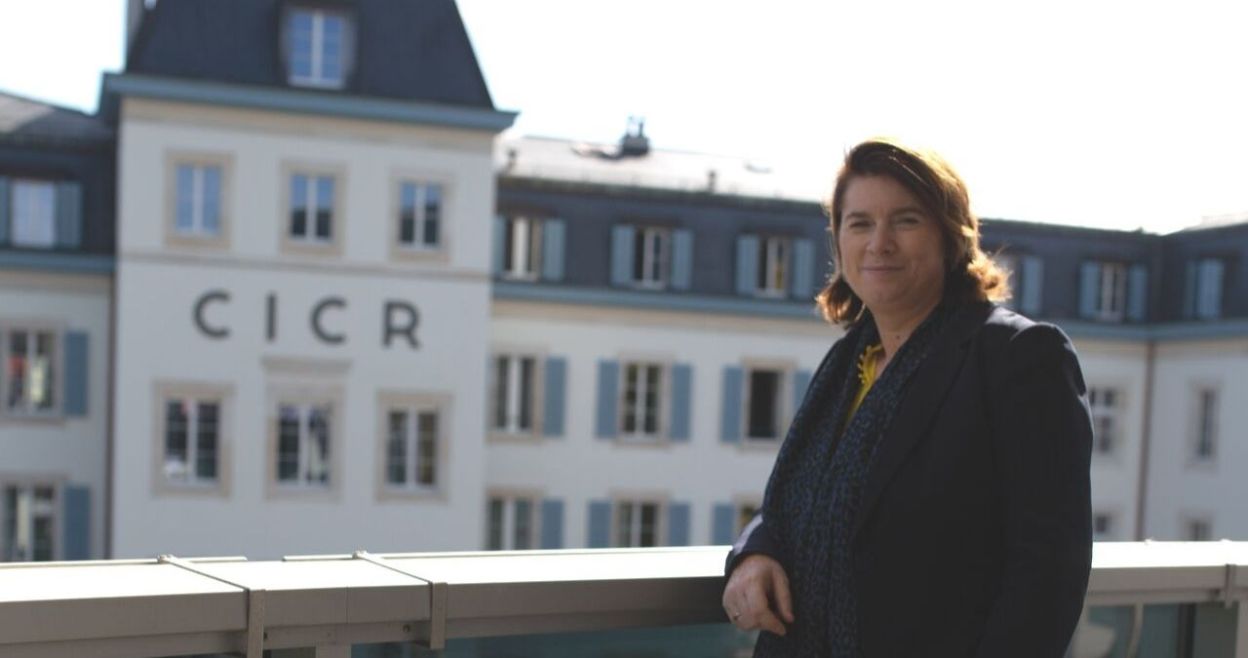VMware’s Agents of Change initiative celebrates technology leaders who challenge the status quo. By harnessing the power of digital transformation, they create unlimited possibilities for their businesses. Here’s the next technology leader in the Agents of Change series: Charlotte Lindsey-Curtet, Director of Digital Transformation & Data, International Committee of the Red Cross.
No industry is immune to digital disruption, including humanitarian relief. That’s why the International Committee of the Red Cross (ICRC) appointed Charlotte Lindsey-Curtet as its first-ever director of digital transformation and data.
The ICRC works to protect and assist victims of armed conflict and other violence. Leading its digital strategy requires someone bold yet prudent enough to:
- Identify and implement new technologies that improve how the 154-year-old organization responds in emergencies.
- Ensure the utmost security of both field workers and the sensitive data that courses through its global systems.
“Technology is fundamentally changing people’s behaviors and how they deal with situations of conflict. This opens up tremendous opportunities for us to help them more effectively,” Lindsey-Curtet explains.
When people face a sudden catastrophe, they must flee their homes, possibly to never return. They only have a few moments to grab whatever they can carry. People usually take their smartphones. These devices will help them find their family and friends, keep up with news and plan where to go next.

In response to the increased connectedness of its beneficiaries, the ICRC is growing its capacity to use algorithms to analyse huge volumes of data gathered from local social media platforms in conflict zones. This reveals patterns, connections and trends that aid the ICRC’s efforts. For example, the ICRC can better understand where victims are going or efficiently get information to victims about their options during fast-changing situations.
The system continues to improve with artificial intelligence. Lindsey-Curtet now pilots facial recognition as an additional data source. “Of course, it will never be the only information we rely on. But people are posting increasing amounts of information online about what’s happening to them,” she says. “The quicker we can understand the needs on the ground, the better we can make the humanitarian response.”
Lindsey-Curtet passionately embraces such digital opportunities. Yet, she remains mindful of the potential risks and of the ICRC’s responsibility to mitigate these risks with best-in-class security.
“The ICRC handles large amounts of data on individuals in highly insecure environments,” she says. “The mishandling of data could put the very people we are trying to help at risk and expose them to harmful repercussions from parties of armed conflict or from others. So, we have to invest in technologies that enable the privacy, encryption and anonymity of data. We’ve worked with VMware for over a decade. Together, we’ve built a reliable infrastructure to underpin our global operations while ensuring the protection of our data.”
This article is the latest in the Agents of Change series, a look at how technology leaders challenge the status quo to discover new possibilities for their organizations.

